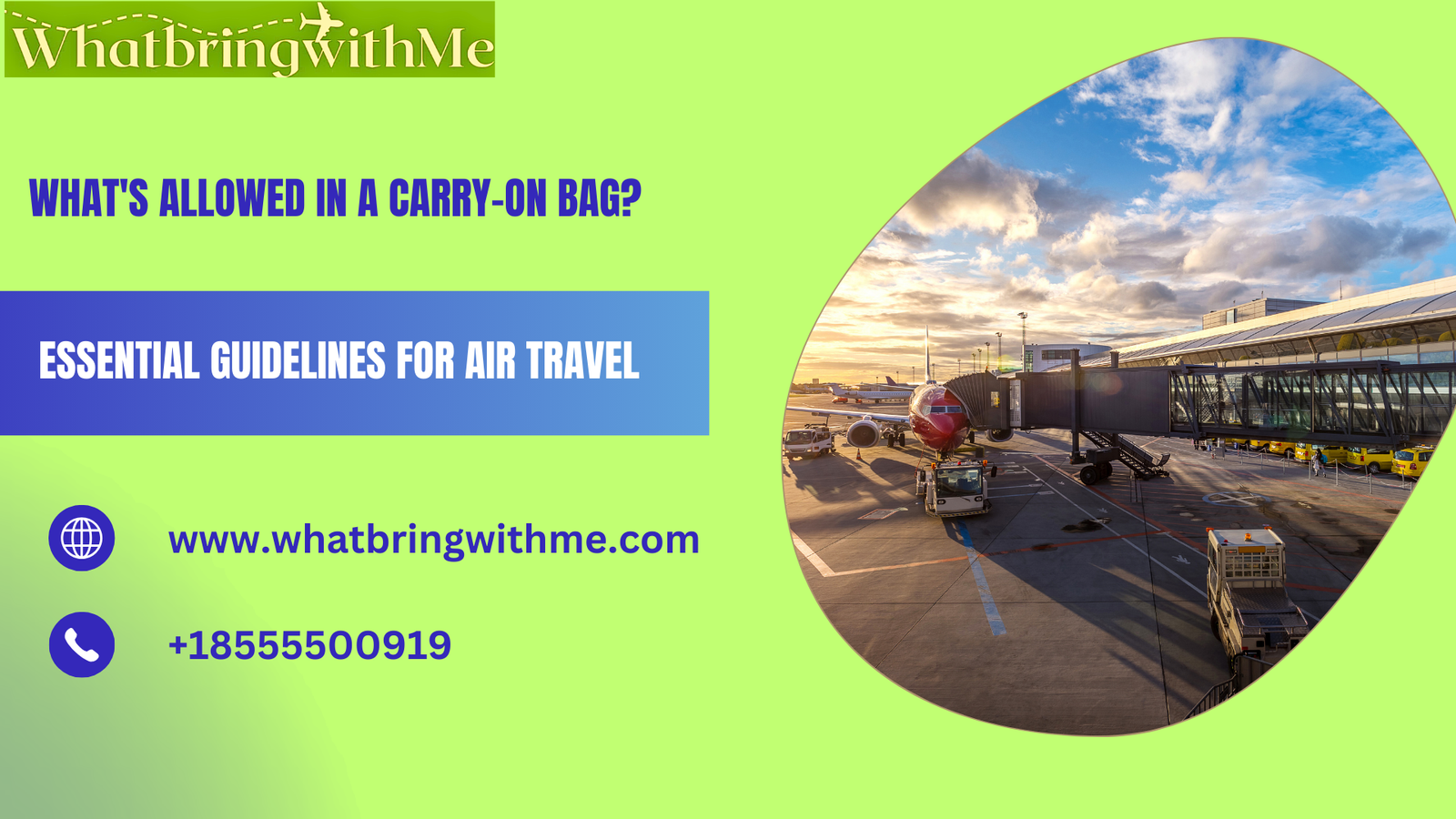Traveling by air has become an integral part of modern life, and with it comes the necessity to understand the rules and regulations surrounding what can be brought on board. One of the most common concerns for travelers is determining what allowed in a carry on bag. This article will provide a comprehensive guide on this topic, covering general regulations, specific items, and tips for ensuring a smooth security check experience.
General Regulations
Airlines and security agencies worldwide have established guidelines for carry-on luggage to ensure the safety and comfort of all passengers. The Transportation Security Administration (TSA) in the United States, for example, has set specific rules that most international airlines follow. Here are the general regulations you should be aware of:
- Size and Weight Restrictions: Most airlines allow a carry-on bag that measures up to 22 x 14 x 9 inches (56 x 36 x 23 cm) and weighs no more than 15-22 pounds (7-10 kg). However, these limits can vary, so it’s essential to check with your specific airline.
- Liquids Rule: Known as the 3-1-1 rule, passengers are allowed to carry liquids, gels, and aerosols in containers of 3.4 ounces (100 milliliters) or less per item. All these containers must fit into a single quart-sized, clear plastic, zip-top bag.
- Prohibited Items: Items such as weapons, explosives, and flammable substances are strictly prohibited in carry-on luggage. Additionally, sharp objects like knives and scissors with blades longer than 4 inches are not allowed.
Specific Items Allowed
Understanding what specific items are allowed in a carry-on bag can save you time and hassle at the airport. Here is a detailed look at some common items:
- Electronics: Laptops, tablets, e-readers, and cameras are allowed. However, these items must be removed from your bag and placed in a separate bin during security screening.
- Personal Care Items: Razors, toothbrushes, and other personal care items are permitted. Liquids like shampoo, conditioner, and lotions must adhere to the 3-1-1 rule.
- Medications: Prescription and over-the-counter medications are allowed in reasonable quantities exceeding 3.4 ounces, but it’s recommended to have them in their original packaging and declare them during security screening.
- Food: Solid foods such as sandwiches, fruits, and snacks are allowed. Liquid or gel foods must comply with the 3-1-1 rule.
- Clothing and Accessories: There are no restrictions on clothing items, but be mindful of bulky accessories like belts with large buckles, which may require additional screening.
Tips for Packing a Carry On Bag
Packing efficiently can make your journey more comfortable and less stressful. Here are some tips:
- Know the Rules: Familiarize yourself with the TSA guidelines and your airline’s specific regulations to avoid surprises at the airport.
- Organize Your Bag: Use packing cubes or compartments to keep your items organized and easily accessible.
- Pack Essentials: Keep essential items such as travel documents, medications, and valuables in your carry-on bag.
- Stay Within Limits: Ensure your liquids comply with the 3-1-1 rule and that your bag meets the size and weight restrictions.
- Plan for Security: Place electronics and liquids in easily accessible parts of your bag to speed up the security screening process.
Read Also: Things You Should Always Pack in Your Carry-on Bag
Conclusion
Knowing what’s allowed in a carry-on bag can significantly enhance your travel experience. By adhering to the general regulations and specific item guidelines, you can ensure a smooth and hassle-free journey. Always check with your airline for any additional restrictions and stay informed about any changes in security protocols. Safe travels!
FAQs:
Q1. Can I bring a power bank in my carry-on bag?
Ans: Yes, power banks are allowed in carry-on bags, but they must not exceed 100 watt-hours. Larger power banks require airline approval.
Q2. Are knitting needles allowed in carry-on luggage?
Ans: Yes, knitting needles are generally allowed in carry-on bags, but it’s advisable to check with your specific airline as policies can vary.
Q3. Can I carry baby formula in my carry-on bag?
Ans: Yes, baby formula, breast milk, and baby food are allowed in reasonable quantities and are exempt from the 3-1-1 liquids rule, but they must be declared at the security checkpoint.
Q4. Are electronic cigarettes permitted in carry-on luggage?
Ans: Yes, electronic cigarettes and vaping devices are allowed in carry-on bags but cannot be used on the aircraft. Spare batteries must also be carried in your carry-on and not checked luggage.
Q5. What items are prohibited in carry-on luggage?
Ans: Prohibited items include weapons, explosives, flammable substances, and sharp objects such as large scissors and knives. Always check the TSA or your country’s security agency for a complete list.




